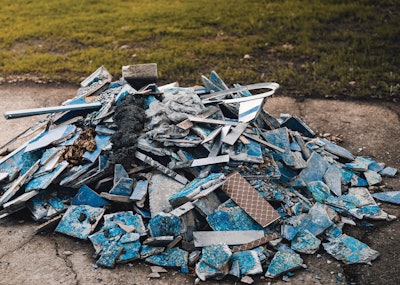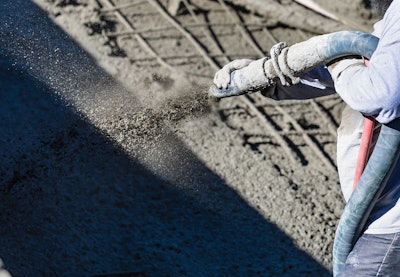
Everyone makes mistakes, this we know. Unfortunately, some mistakes have longer-lasting ramifications than others. When a pool builder errs on the jobsite, the resulting problems can range from minor cracking or a couple delaminated tiles to partial or even complete structural failure.
It’s the very nature of construction defects: You don’t know the extent of the resulting bad outcomes, nor is it possible to know how long it will take for the defect to fester into an out-and-out failure.
In today’s madcap market with white-hot demand and confounding labor shortage, the potential for mistakes and the temptation to cut corners is on the rise. Discipline and deliberation are more important than ever in pool construction, because in this business, our mistakes echo through time to the end of the pool.
A long-time friend and pool owner called me recently to share his latest pool-related adventure, and it is truly a cautionary tale.
More than 20 years ago, he had a large freeform pool with a massive attached spa installed on his property, located in a wealthy Southern California neighborhood. It’s a beautiful pool, the centerpiece of a gorgeous backyard oasis with lots of bells and whistles.
It’s been the site of many gatherings where friends and family of all ages have enjoyed countless good times together. The spa in particular has been the setting for many a late night filled with relaxation, conversation and libation. It’s been the kind of place that many of us dream of owning. That is, until recently.
My friend’s going to have the spa taken out and replaced with an updated version with more hydrotherapy features including a standup therapy well. That’s the good part of the story.
The bad part is the reason he needs to renovate — major cracks in the spa steps and benches. In some places it looks as though the benches are separating from the rest of the spa shell. “It was weird,” he said to me, “once the cracks started, they spread really fast, like a disease. Funny thing, it’s the only place in the entire pool that was happening. It was obvious there was something different about the spa.”
 The use of "shovelcrete" (gunite rebound) has declined in recent decades due to rising professionalism among builders. It remains a hidden practice for some companies.
The use of "shovelcrete" (gunite rebound) has declined in recent decades due to rising professionalism among builders. It remains a hidden practice for some companies.
When a renovation contractor inspected the spa and opened up the steps to see what was going on, the problem became immediately apparent. The steps and benches appear to have been packed with rebound during the initial installation more than two decades ago. Upon inspecting other parts of the pool, the rest of the shell appeared sound, and was not showing any signs of cracking. When the spa did finally crack, water intruded and it was game over for that part of the structure.
Relating this to me, my friend asked, “Is this a common problem?”
Interestingly, back when the pool was installed, it was during a time when many people in the industry were calling out this exact problem — the use of rebound — particularly in steps and especially in spas. At the behest of a local engineer who was particularly concerned about the issue, I personally visited pools where steps packed with rebound were essentially falling apart.
At the time, the narrative I ran into was that spas are difficult to shoot because of the tight confines, and using rebound was an easy way to both save material and speed up the installation. The problem being, of course, when shotcrete is not actually “shot” into place, it has no structural strength and doesn’t even technically qualify as concrete.
According to my friend, the material in his spa looked like “nothing more than loose sand.” His contractor offered that the only thing holding it together was probably the pebble finish.
In this case, rather than try to fight it and compel the original builder to pay for a massive repair, my friend just decided to move forward with a new spa altogether. The idea of pressing a construction defect case so long after the installation just didn’t make sense in his mind. As it turned out, that builder is no longer in business anyway. Perhaps that’s not terribly surprising.
Is it still a common practice? Let’s hope not.
In the broader context, it’s interesting that an obvious mistake made so long ago could rear up and become an issue all these years later. The takeaways are straightforward: First, don’t use rebound, and second, you never know when a workmanship shortcut will come back, like a ghost from the past, to haunt the pool owner and builder.
Eric Herman is editor of WaterShapes Magazine and vice president of communications for Watershape University. He is a former senior editor with AQUA Magazine, a position he held for nine years, and a long-time member of the pool, spa and aquatics industry dating back to 1989.
This article first appeared in the April 2022 issue of AQUA Magazine — the top resource for retailers, builders and service pros in the pool and spa industry. Subscriptions to the print magazine are free to all industry professionals. Click here to subscribe.












































